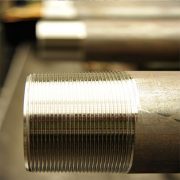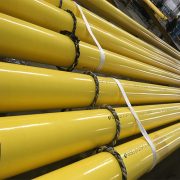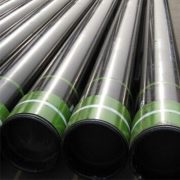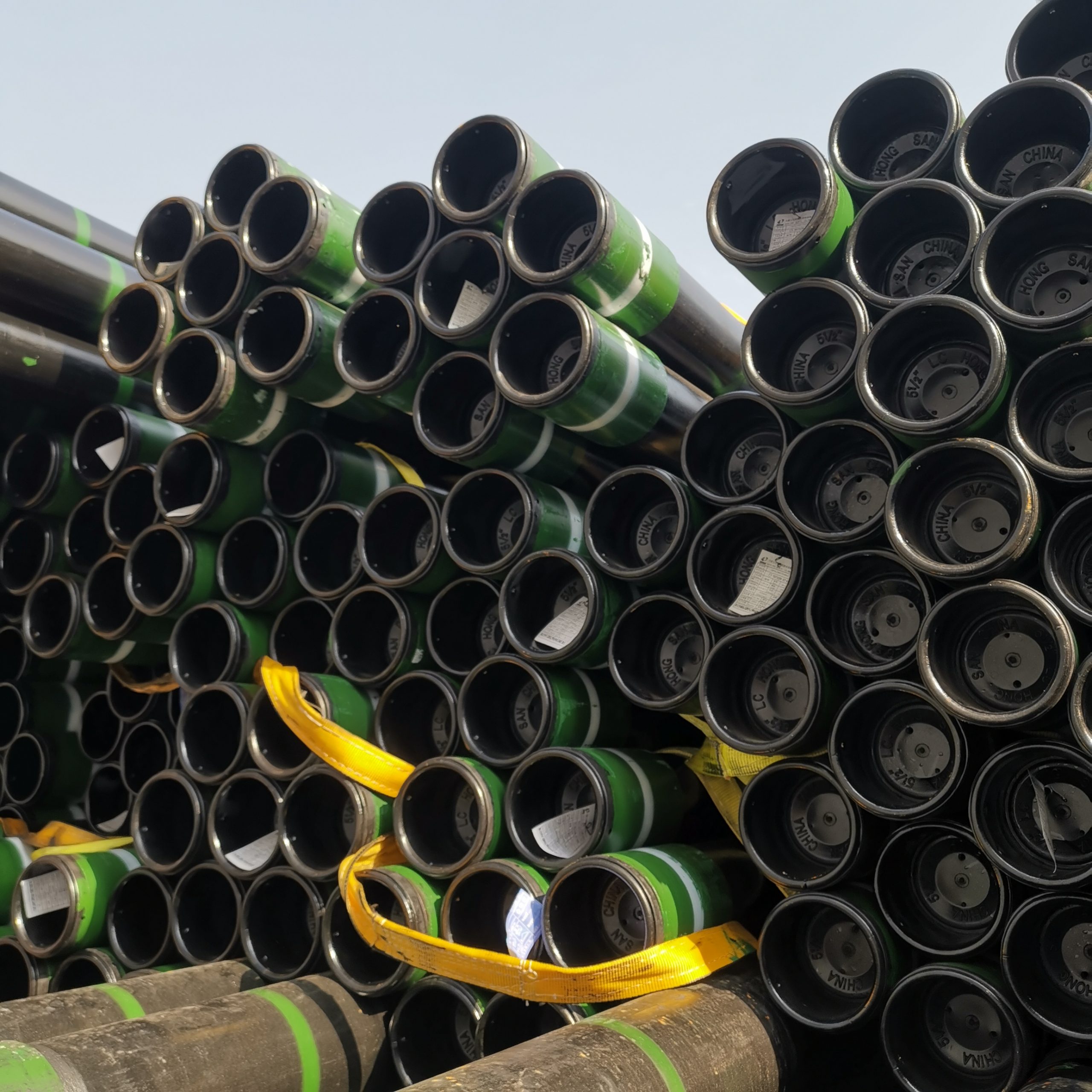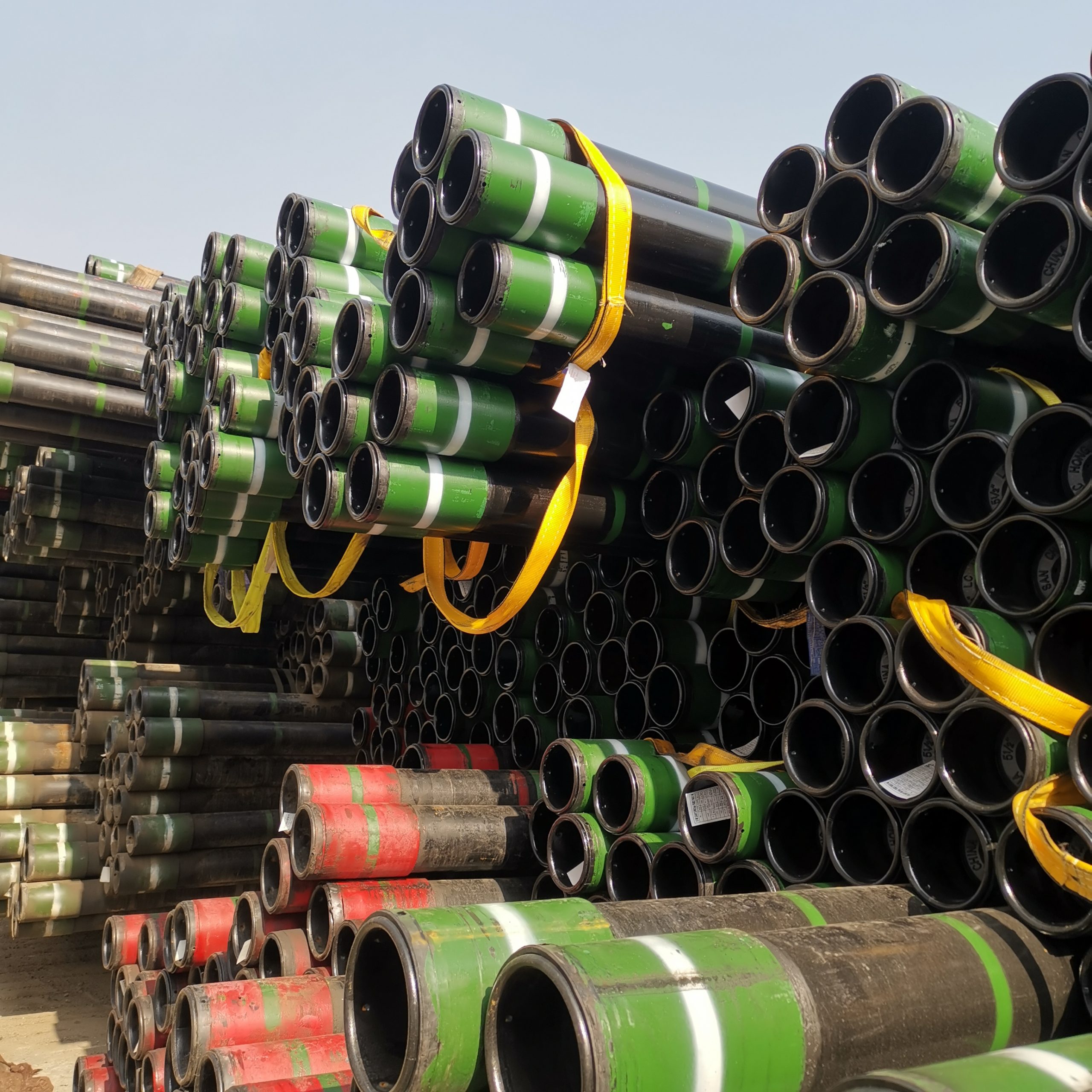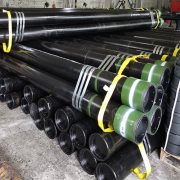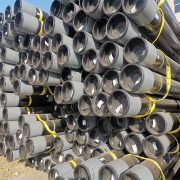Thread Gauges for Casing Pipes Used in Oil Drilling Projects
In the oil and gas industry, casing pipes play a critical role in maintaining the structural integrity of wells during drilling operations. To ensure the safe and efficient operation of these wells, the threads on the casing pipes must be precisely manufactured and thoroughly inspected. This is where thread gauges become indispensable.
Thread gauges for casing pipes help ensure the correct threading, which directly affects the performance and safety of oil wells. In this blog, we will explore the importance of thread gauges, how they are used in oil drilling projects, and how they help address common industry concerns.
1. What are Thread Gauges?
Thread gauges are precision measuring tools used to verify the dimensional accuracy and fit of threaded components. In the context of oil drilling, they are essential for inspecting the threads on casing pipes to ensure they meet industry standards and will form secure, leak-proof connections in the well.
Types of Thread Gauges:
- Ring Gauges: Used to check the external threads of a pipe.
- Plug Gauges: Used to inspect internal threads of a pipe or coupling.
- Caliper-type Gauges: These gauges measure the diameter of the thread, ensuring proper size and fit.
- API Thread Gauges: Specifically designed to meet standards set by the American Petroleum Institute (API) for oil and gas applications.
2. The Role of Casing Pipes in Oil Drilling
Casing pipes are used to line the wellbore during and after the drilling process. They provide structural integrity to the well and prevent contamination of groundwater, as well as ensuring that the oil or gas is safely extracted from the reservoir.
Oil wells are drilled in multiple stages, each requiring a different size of casing pipe. These pipes are connected end-to-end using threaded couplings, forming a secure and continuous casing string. Ensuring that these threaded connections are accurate and secure is critical to preventing leaks, blowouts, and other failures.
3. Why are Thread Gauges Important in Oil Drilling?
The harsh conditions encountered in oil drilling—high pressures, extreme temperatures, and corrosive environments—demand precision in every component. Thread gauges ensure that the threads on casing pipes are within tolerance, helping to:
- Ensure a Secure Fit: Properly gauged threads ensure that pipes and couplings fit together tightly, preventing leaks that could lead to costly downtime or environmental damage.
- Prevent Well Failure: Poorly threaded connections are one of the leading causes of well integrity issues. Thread gauges help identify manufacturing defects early, preventing catastrophic failures during drilling operations.
- Maintain Safety: In oil drilling, safety is paramount. Thread gauges ensure that casing connections are robust enough to withstand the high pressures encountered deep underground, thereby protecting workers and equipment from potentially hazardous situations.
4. How are Thread Gauges Used in Oil Drilling Projects?
Thread gauges are used at various stages of an oil drilling project, from the manufacturing of casing pipes to field inspections. Below is a step-by-step overview of how they are applied:
1. Manufacturing Inspection:
During production, casing pipes and couplings are manufactured with precise threading to ensure a secure fit. Thread gauges are used throughout this process to verify that the threads meet the required standards. If any thread falls out of tolerance, it is either re-machined or discarded to prevent future issues.
2. Field Inspection:
Before the casing pipes are lowered into the wellbore, field engineers use thread gauges to inspect both the pipes and couplings. This ensures that the threads are still within tolerance and have not been damaged during transport or handling.
3. Recalibration and Maintenance:
Thread gauges themselves must be regularly calibrated to ensure ongoing accuracy. This is particularly important in the oil industry, where even a small discrepancy in threading can lead to costly failures.
5. Key Threading Standards in the Oil and Gas Industry
Thread gauges must comply with strict industry standards to ensure compatibility and safety in oil and gas operations. The most commonly used standards for casing pipes are defined by the American Petroleum Institute (API), which governs specifications for casing, tubing, and line pipe threads. These include:
- API 5B: Specifies the dimensions, tolerances, and requirements for thread inspection of casing, tubing, and line pipe.
- API 5CT: Governs the materials, manufacturing, and testing of casing and tubing for oil wells.
- API Buttress Threads (BTC): Commonly used in casing pipes, these threads have a large load-bearing surface and are ideal for high-stress environments.
Ensuring compliance with these standards is critical, as they are designed to protect the integrity of oil and gas wells under extreme operating conditions.
6. Common Challenges in Threading for Casing Pipes and How Thread Gauges Help
1. Thread Damage During Transport:
Casing pipes are often transported to remote locations, and damage can occur during handling. Thread gauges allow for field inspection, ensuring that any damaged threads are identified and repaired before the pipes are lowered into the well.
2. Thread Wear Over Time:
In some cases, casing strings may need to be removed and reused. Over time, the threads may wear down, compromising the integrity of the connection. Thread gauges can detect wear, allowing engineers to decide if the casing pipe can be reused or if new pipes are necessary.
3. Mismatched Threads:
Different casing manufacturers may have slight variations in their threading, leading to potential issues when pipes from different sources are used in the same well. Thread gauges can help identify mismatches and ensure that all pipes used are compatible with one another.
4. Quality Assurance:
Thread gauges offer a reliable way to perform quality checks during both the manufacturing process and field operations, ensuring consistency across all casing pipes used in a project.
7. Best Practices for Using Thread Gauges in Oil Drilling
To maximize the effectiveness of thread gauges and minimize the risk of well integrity issues, operators should follow these best practices:
- Regular Calibration of Gauges: Thread gauges should be calibrated regularly to ensure they are providing accurate measurements.
- Training for Technicians: Ensure that field and manufacturing technicians are properly trained in the use of thread gauges and can accurately interpret the results.
- Visual and Gauge-Based Inspections: While thread gauges provide precision, visual inspection for damage such as dents, corrosion, or wear is also critical.
- Data Tracking: Keep records of all thread inspections to monitor patterns of wear or damage over time, allowing for predictive maintenance.
Conclusion
Thread gauges for casing pipes are a crucial component of oil drilling operations, helping ensure that casing pipes are correctly threaded and meet the stringent demands of the industry. By using thread gauges throughout the manufacturing, transport, and drilling stages, oil and gas operators can improve the safety, reliability, and efficiency of their projects.
In oil drilling, where every connection matters, the precision offered by thread gauges can mean the difference between a successful operation and a costly failure. Regular use of these tools, along with adherence to industry standards, ensures the long-term integrity of well casings and the overall safety of the drilling project.

